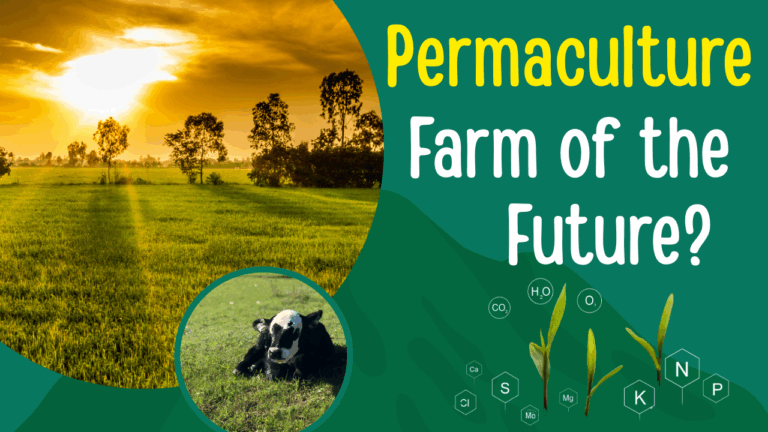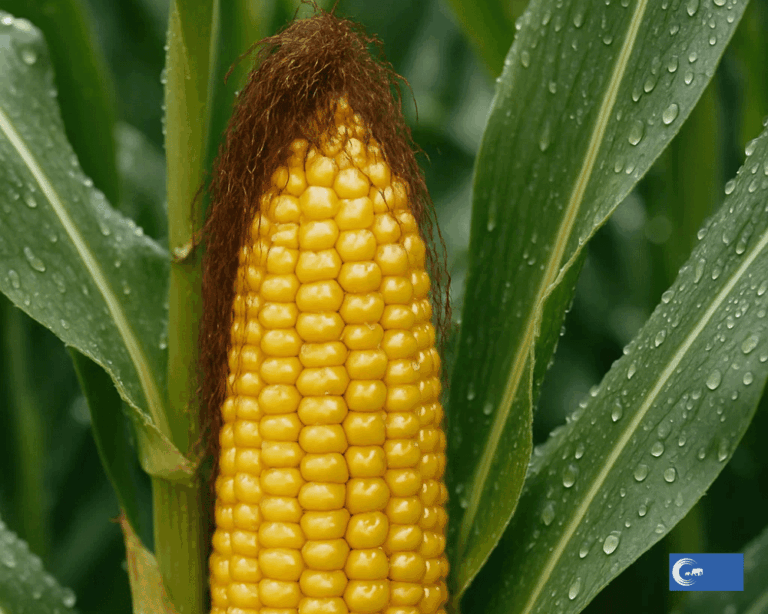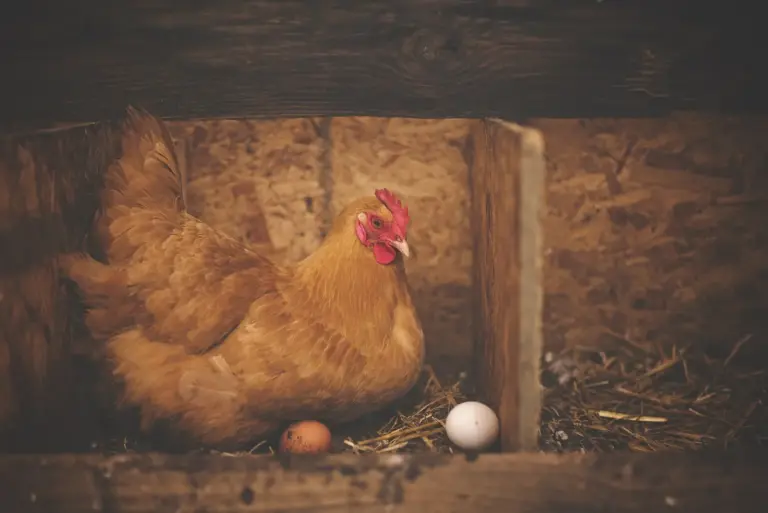In recent years, the term “grass-fed beef” has gained attention, signaling a shift in consumer awareness about our food sources.
But what does this term mean, and why should we care?
This article examines the nuances of grass-fed systems in comparison to conventional grain-fed operations. We’ll investigate the diet differences and the critical environmental considerations, from water use to global warming potential.
Our exploration aims to provide a comprehensive understanding of the complexities of beef production, including environmental and health parameters.
With this knowledge, consumers can make more informed decisions about their food, ensuring their choices align with sustainability considerations, environmental consciousness, and personal health goals.
Main Takeaways
- Grass-fed beef comes from cattle that eat mostly pasture forage.
- Grass-finished means no grain was ever fed.
- It’s leaner with more omega-3s, CLA, and vitamins.
- Better for animal welfare—natural grazing and less confinement.
- Environmental impact is mixed: benefits soil but uses more land and emits more methane.
- Grain-fed beef is more efficient and cheaper but raises welfare and pollution concerns.
- Choose based on your priorities: health, sustainability, cost, or ethics.
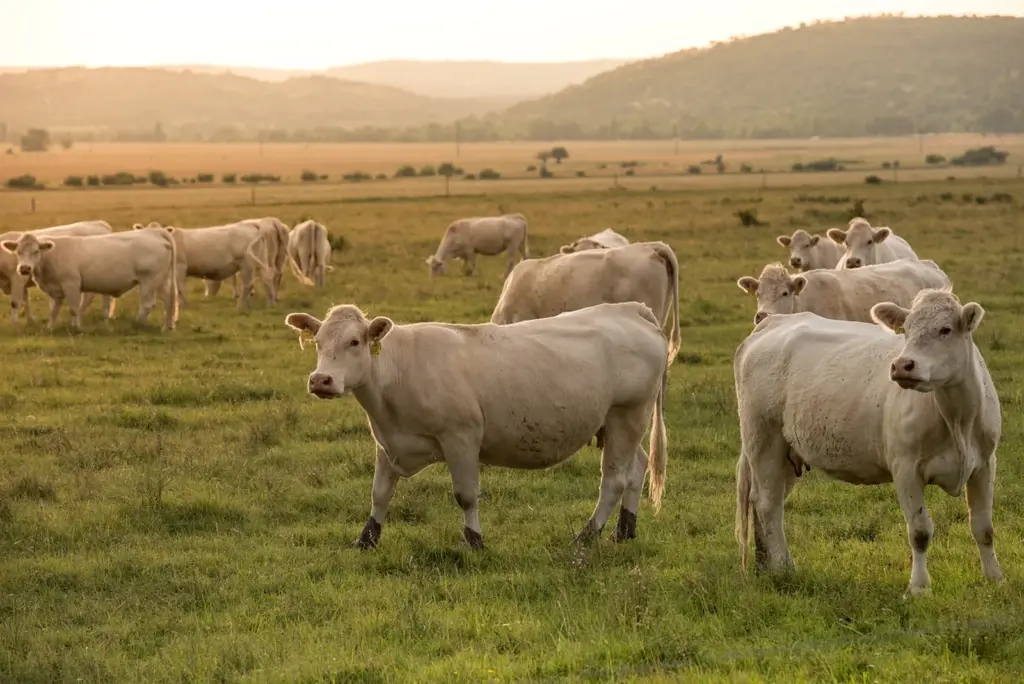
Photo by: Eszter-Miller
Grass-Fed Beef: What It Is and Differences with the Grain-Fed System
Grass-fed beef refers to cattle primarily raised on a diet of natural grasses and other foraged foods from the pasture.
Diet Differences
What makes grass-fed beef distinct is that these animals continue to consume grass or foraged foods for most of their lives, if not all. This system contrasts with conventionally raised cattle, where animals often transition to a grain diet, very rich in carbohydrates, to speed up their growth.
Natural Lifestyle Vs. In House Rearing
Grass-fed cattle typically graze in open pastures. For example, grazing systems are widespread in the UK, and they are seen as a more natural and humane way to raise cattle, allowing them to exhibit normal behaviors and live in conditions with higher welfare standards.
Taste and Nutritional Characteristics
Grass-fed beef can have a distinct flavor profile compared to grain-fed beef. Nutritionally, grass-fed beef has been shown to contain less total fat and better balance omega-3 and omega-6 fatty acids. It can also have higher levels of specific vitamins and antioxidants.
Environmental Considerations
Some advocates argue that grass-fed beef, especially when managed using regenerative agricultural practices, can have a more positive environmental impact than conventionally raised, grain-fed beef.
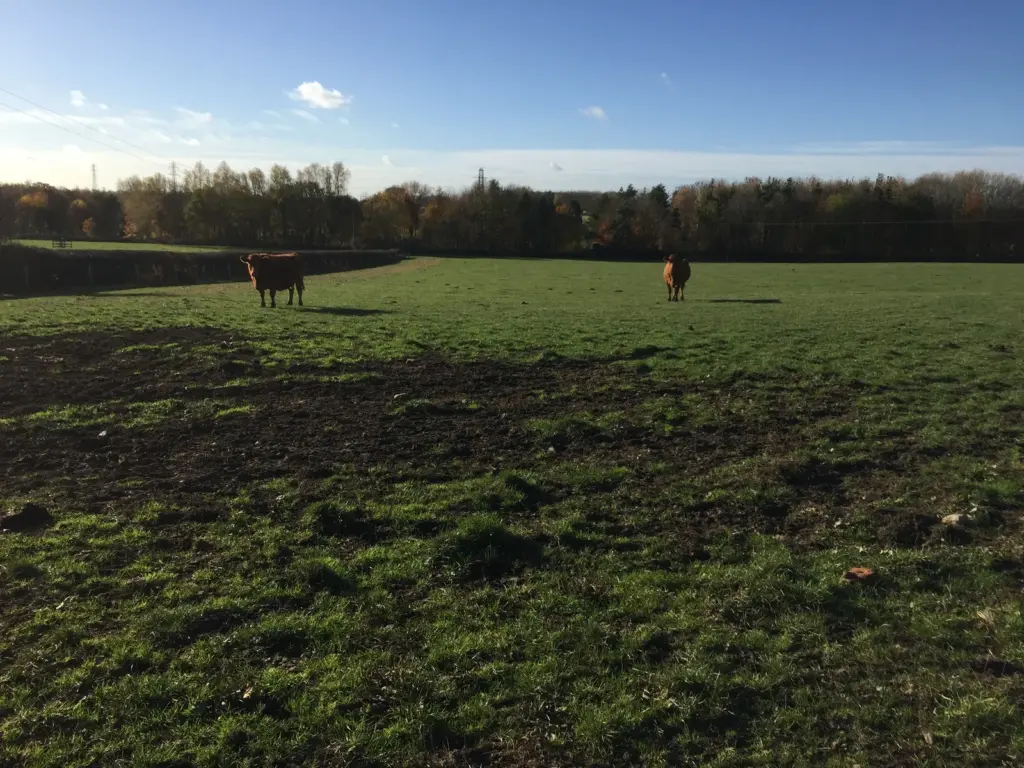
Photo by: Renzo Di Florio
Is Grass-Fed Beef More Sustainable?
To answer this question, we must address the subject holistically, examining various aspects.
- Product Quality
- Economic Viability
- Environmental Impacts
- Global Warming Potential (GWP)
- Consumable Water Use
- Energy Use
- Smog Produced
- Land Occupation Footprints
- Animal Health Standards
The sustainability of grass-fed versus grain-fed beef is a multifaceted issue. Let’s break down these components to gain a clearer understanding of the bigger picture.
- Product Quality:
- Grass-Fed: Generally contains less total fat, higher levels of beneficial fatty acids like omega-3s, more vitamins (like Vitamin E and A), and antioxidants.
- Grain-Fed: Higher in total fat, which can contribute to flavor and tenderness but is potentially detrimental to human health.
- Economic Viability:
- Grass-Fed: Raising cattle on grass can be more time-consuming (as growth rates can be slower) and may require more land, especially if practicing rotational grazing.
- Grain-Fed: Feedlots can be more efficient in weight gain per day, bringing animals to market weight faster. This beef system can be cheaper for consumers and more economically viable for producers.
- Environmental Impacts:
- Grass-Fed: Well-managed grass-fed systems, especially those practicing regenerative agriculture, can improve soil health, sequester carbon, and promote biodiversity.
- Grain-Fed: Concentrated Animal Feeding Operations (CAFOs) can produce large amounts of waste. Growing grain for cattle feed can also result in soil degradation and other effects of intensive farming.
- Global Warming Potential (GWP):
- Grass-Fed: Cattle produce methane during digestion. Because grass-fed cattle can take longer to reach market weight, they might produce methane over a more extended period. However, well-managed pastures can offset some of this by sequestering carbon.
- Grain-Fed: While they might produce less methane over a shorter period, the entire grain production and transportation system can contribute significantly to GWP.
- Consumable Water Use:
- Grass-Fed: Primarily uses water for maintaining pastures.
- Grain-Fed: Requires water for growing grain, which can be considerable, especially in water-scarce regions.
- Energy Use:
- Grass-Fed: Less energy-intensive as it primarily relies on natural pastures.
- Grain-Fed: Energy is used in grain cultivation, transportation, and CAFO operations.
- Smog Produced:
- Grass-Fed: Lower potential for smog production. In well-managed grazing systems, cattle waste can increase soil health.
- Grain-Fed: CAFOs can contribute to air pollution and smog due to manure management practices and feed production.
- Land Occupation Footprints:
- Grass-Fed: Requires more pasture land, but this land can be multifunctional, supporting wildlife and preventing deforestation when managed correctly.
- Grain-Fed: While feedlots occupy less space than pastures, the land used to grow grains for cattle feed significantly increases their land footprint.
- Animal Health Parameters:
- Grass-Fed: Grass is the natural diet of cows, so these cattle often have fewer digestive problems. They are also typically raised in less crowded conditions.
- Grain-Fed: CAFOs can be breeding grounds for disease due to the high densities of animals. This system can sometimes lead to higher antibiotic use, which has broader implications for antibiotic resistance.
From a purely environmental perspective, well-managed grass-fed systems often have several advantages, particularly in terms of soil health, carbon sequestration, and biodiversity.
However, trade-offs exist, such as potentially higher methane emissions over the animal’s life. Grain-fed systems can be more economically efficient, but they also raise significant environmental and animal welfare concerns.
Ultimately, the most sustainable choice may depend on local conditions (e.g., water availability, land quality) and management practices. It’s essential to approach the debate by recognizing the nuances and complexities of the issue and highlighting that grass-fed beef systems should be evaluated according to regional conditions and management strategies.
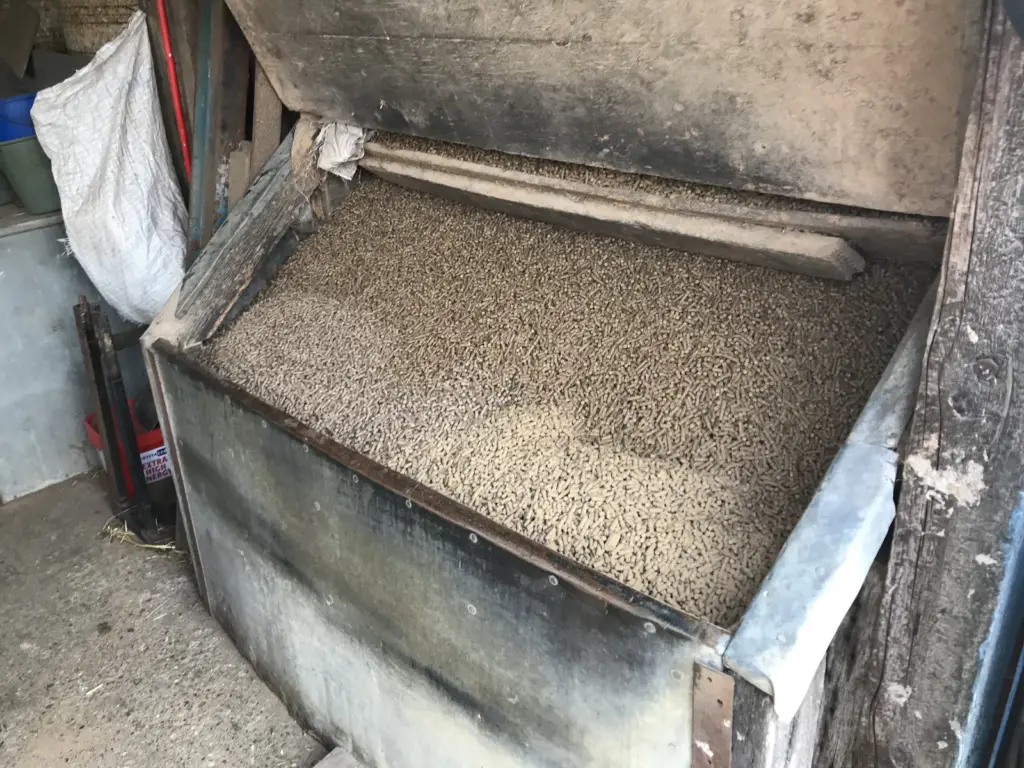
Photo by: Renzo Di Florio
Grass-Fed Beef Vs. Grass-Finished Beef
Some clarity must also be done for the terminology we use.
The terms “grass-fed beef” and “grass-finished beef” are often used to differentiate the diet and lifestyle of cattle during their life. Here’s the distinction:
- Grass-Fed Beef:
- It generally means that the cattle were raised on a diet of grass for a significant portion of their lives. However, it doesn’t always specify for how long or if the cattle were later switched to a grain-based diet.
- Some cattle labeled “grass-fed” might have started on grass but were “finished” or fattened on grain before going to market.
- Grass-Finished Beef:
- This term is more specific. “Grass-finished” means that the cattle were raised on a diet of grass for their entire lives, including right up until they reached the market weight.
- These cattle never consumed grains as a primary food source in a feedlot setting. They eat only grasses, legumes, and other forage.
It is essential to note that not all grass-fed, finished cattle are kept exclusively at pasture.
In the UK, for example, due to harsh winter climate conditions, cattle are kept on pastures only during the good seasons. In winter, they are moved to sheds and fed only with grass cut from the fields.
Farmers have very clever and effective ways to utilize their lands, rotating pastures, using fields for grazing, and cutting the grass for winter feeding simultaneously.
The grass cut from the fields is stored in silos or pits, and it is referred to as “silage.” In this system, farmers try to avoid using any grains.
Is Grass-Fed Beef Healthier?
Grass-fed beef is often highlighted for its potential health benefits compared to grain-fed beef.
The distinctions mainly lie in their nutrient compositions and how they’re raised. Grass-fed beef typically has a more favorable fatty acid profile, with higher omega-3 fatty acids beneficial for heart health and a more balanced ratio of omega-6 to omega-3 fatty acids.
This type of beef also often contains higher levels of certain vitamins and antioxidants like vitamin E, vitamin A, and carotenoids. Additionally, grass-fed beef tends to have more conjugated linoleic acid (CLA), which is believed to offer various health benefits.
From a health and safety perspective, grass-fed beef, especially if organic, usually doesn’t have added hormones and hasn’t been treated with antibiotics. In contrast, cattle in conventional feedlots are substantially more prone to some diseases like lameness and pneumonia due to the intensive management system. Therefore, animals in feedlots may receive more antibiotics and other medical treatments.
Conclusions
Grass-fed beef, being leaner in its composition, has a better fatty acid profile and higher levels of vital vitamins and antioxidants, suggesting a potential health advantage.
On the environmental front, grass-fed systems, particularly those in regenerative agricultural practices, stand out as better for soil health, carbon sequestration, and biodiversity. Yet, these systems might have extended methane production timelines.
Conversely, grain-fed operations, though often more economically efficient and affording lower consumer prices, bring environmental concerns, notably from the waste associated with Concentrated Animal Feeding Operations and the ramifications of high-intensity farming.
For animal welfare, grass-fed cattle reared in open pastures likely lead better lives with fewer health issues.
Grain-fed counterparts in CAFOs can sometimes live in more challenging living conditions, increasing disease risk and prompting increased antibiotic usage.
In conclusion, the choice of beef ultimately refers to individual priorities, values, and informed decision-making. Please comment with your perspectives and share this article.
Lorem ipsum dolor sit amet, consectetur adipiscing elit. Ut elit tellus, luctus nec ullamcorper mattis, pulvinar dapibus leo.

